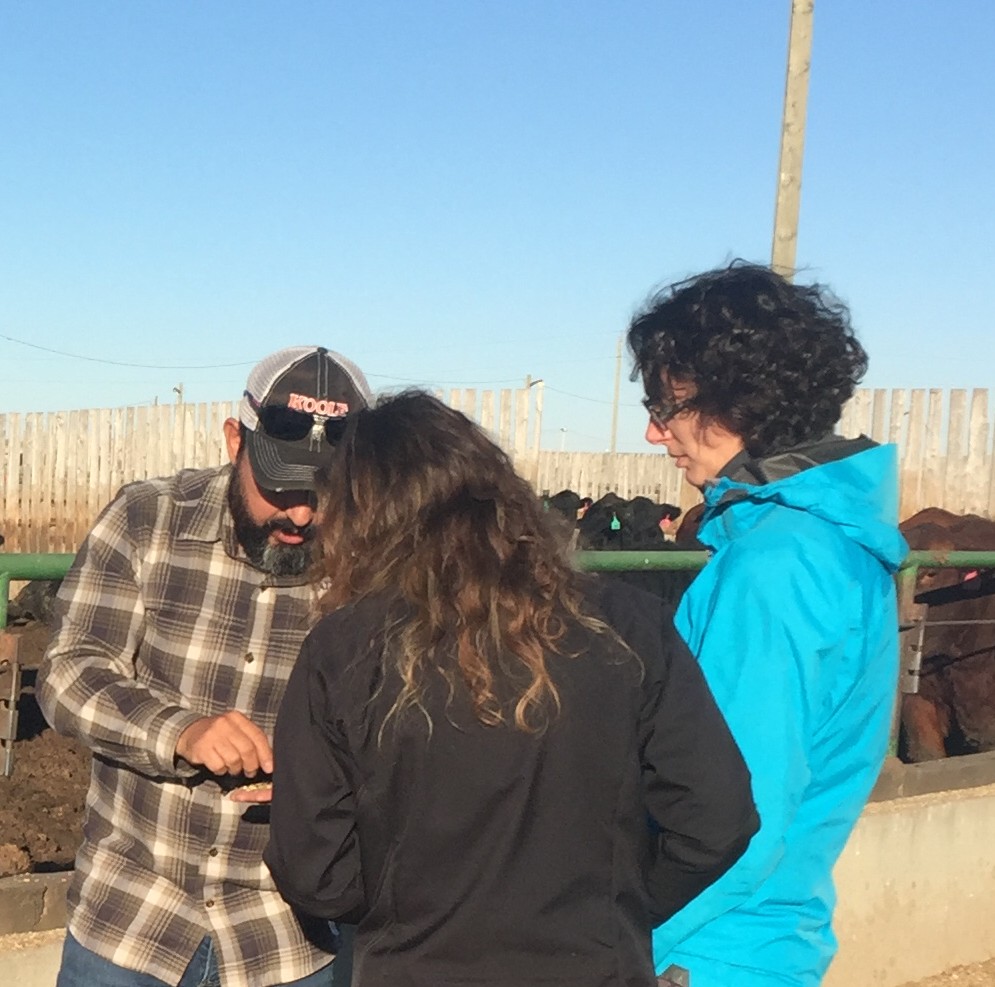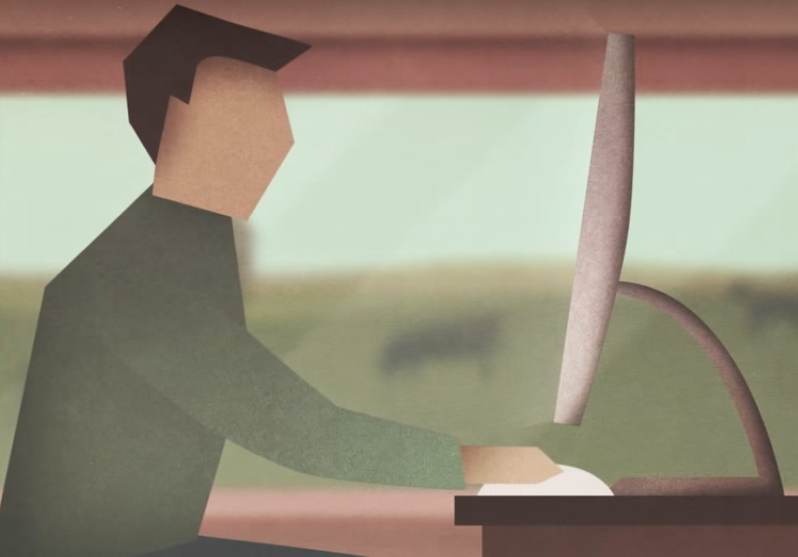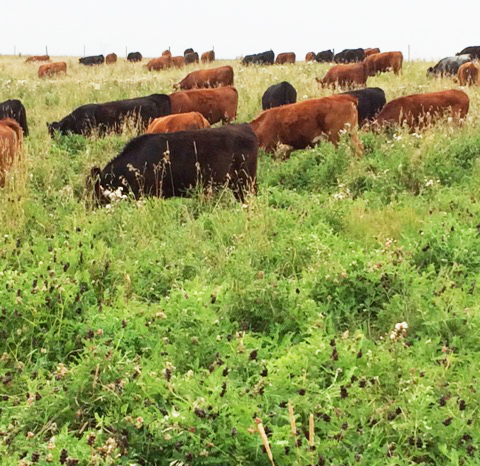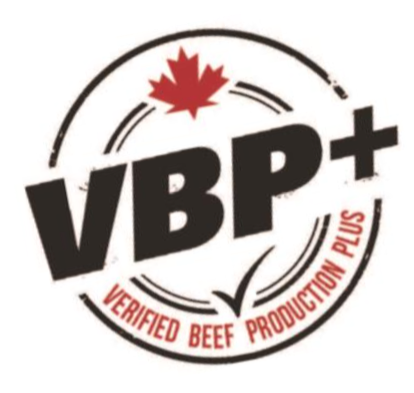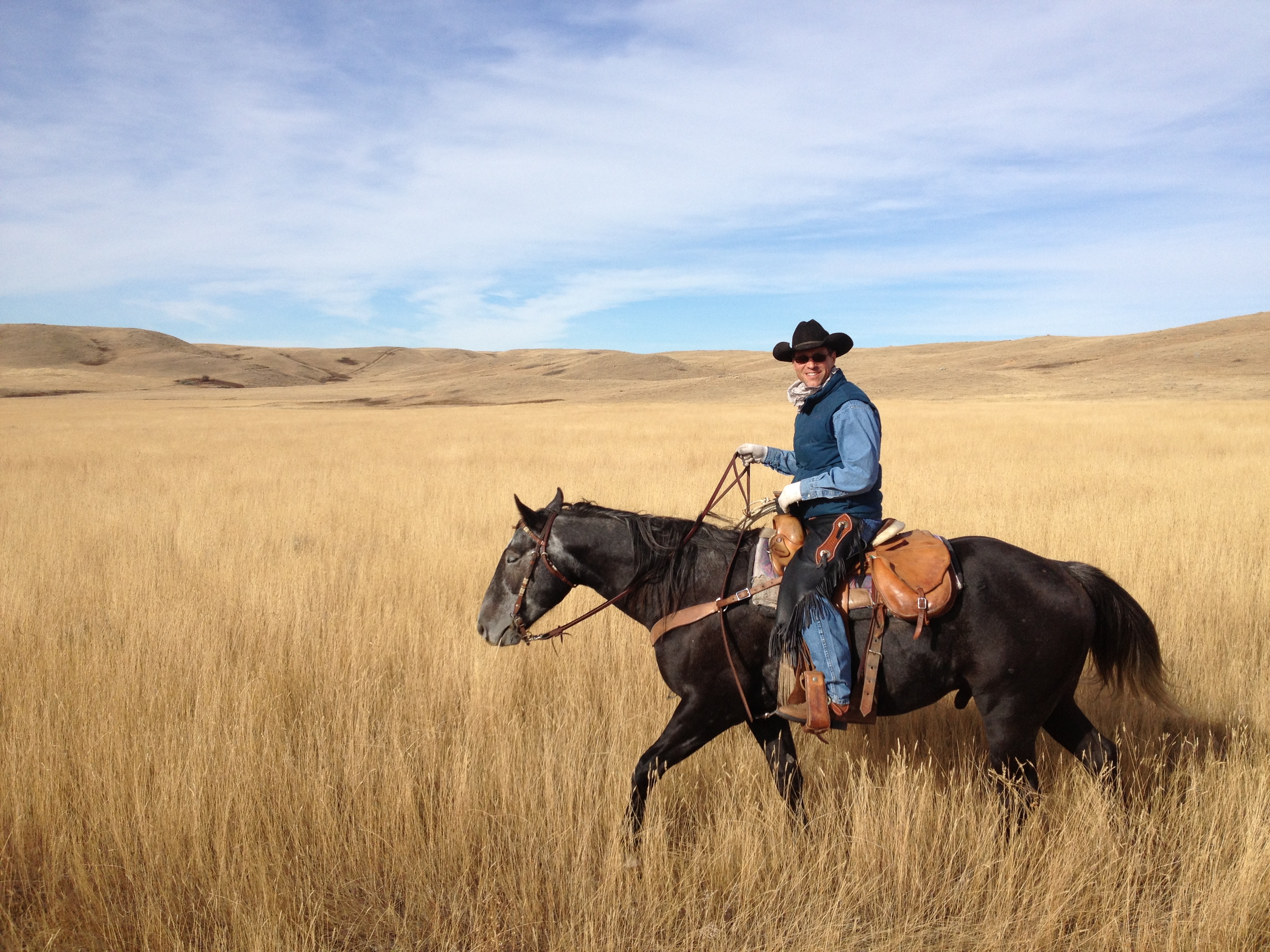Top 10 Blog Posts of 2016
Remarque : cette page web n’est actuellement disponible qu’en anglais.
This past year we published 72 blog posts that offered production tips and decision tools, provided a science-based perspective on issues in the media, highlighted new beef, cattle and forage research projects and results, and announced other exciting initiatives. Of those, these were the top 10 most popular:
10) Announcing the Beef Researcher Mentorship Program 2016-17 participants
Our mentorship program provides researchers who study cattle, beef, genetics, feed or forage production an excellent opportunity to gain a better understanding of the Canadian beef industry. Of the many applicants this year, four participants from across Canada were chosen and paired with both an industry and producer mentor.
See if you recognize any of the participants or their mentors
9) Results of the Beef Research Priority Survey
We asked producers and other industry stakeholders across the country to rate the importance of various research issues. Over 500 respondents told us which research issues are of highest priority to the industry, which we will use to influence future research funding decisions.
8) Attention Researchers: BCRC opens call for Letters of Intent
In anticipation of the third Beef Cattle Industry Science Cluster, which will enable several new research projects to be funded, the BCRC asked researchers to start sending in short proposals called letters of intent (LOIs). LOIs explain researchers’ ideas for projects or studies that have potential to achieve specific outcomes identified by the industry as high priority and most likely to advance the Canadian beef industry. Researchers interested in submitting a LOI have until January 13th.
Looking for an easy way to add some new forage varieties to pastures? Beef cows and yearlings can be passive seeders! By encouraging cows to consume mature forage seeds, they will inevitably shed some in the manure creating a place for seeds to germinate and grow.
6) Tips to improve calf health this calving season
One of our past webinars shared several tips on how to manage both cows and calves to prevent sickness in young calves and increase their survival rates.
5) Try this new calculator to determine when it pays to preg-check
Preg-checking may be more profitable some years than you realize. Know what your profits could be with our new calculator in these different scenarios: 1) preg-checking cows in the fall and culling immediately, 2) preg-checking in the fall and feeding open cows separately to market at a later date, or 3) not preg-checking.
4) Verified Beef Production Plus Program officially launched
With a growing demand for validation of sustainable production, the new national VBP+ program will help producers to validate their responsible production practices. The voluntary program includes training and auditing for animal care, biosecurity and environmental stewardship along with on-farm food safety practices within the cow-calf and feedlot sectors. The program will serve as a tool for Canadian beef producers to proactively demonstrate their commitment to responsible stewardship of both cattle and resources with consumers and retailers.
3) Pain control gaining popularity among beef producers
As ongoing research develops new pain control drugs that are registered for use in cattle in Canada, and knowledge builds on the appropriate dosage, routes of administration and synergy between anesthetics and analgesics, more and more beef producers are adding them to their toolkits.
Meet the Carters, cow-calf producers from Saskatchewan who use pain control products prior to branding and castration. They not only see that it makes a difference in the comfort level in their calves, they also believe that pain control increases calf gains.
2) The environmental hoofprint of Canada’s beef industry
New research funded by the Canadian Beef Cattle Check-off and Canada’s Beef Science Cluster shows that producing 1kg of beef in Canada now creates 15% less greenhouse gases than in 1981. The industry’s continued improvements in production practices and advancements in technologies improves productivity and efficiency while reducing its environmental footprint.
1) Calf prices and retained ownership
This year saw a major drop in calf prices. This price correction caused producers to take a look at different marketing and feeding options. In this post, Brain Perillat, Manager and Senior Analyst at Canfax ran an economic scenario to help producers considering retained ownership this fall. http://www.beefresearch.ca/blog/calf-prices-and-retained-ownership/
Click here to subscribe to the BCRC Blog and receive email notifications when new content is posted.
The sharing or reprinting of BCRC Blog articles is welcome and encouraged. Please provide acknowledgement to the Beef Cattle Research Council, list the website address, www.BeefResearch.ca, and let us know you chose to share the article by emailing us at info@beefresearch.ca.
We welcome your questions, comments and suggestions. Contact us directly or generate public discussion by posting your thoughts below.
